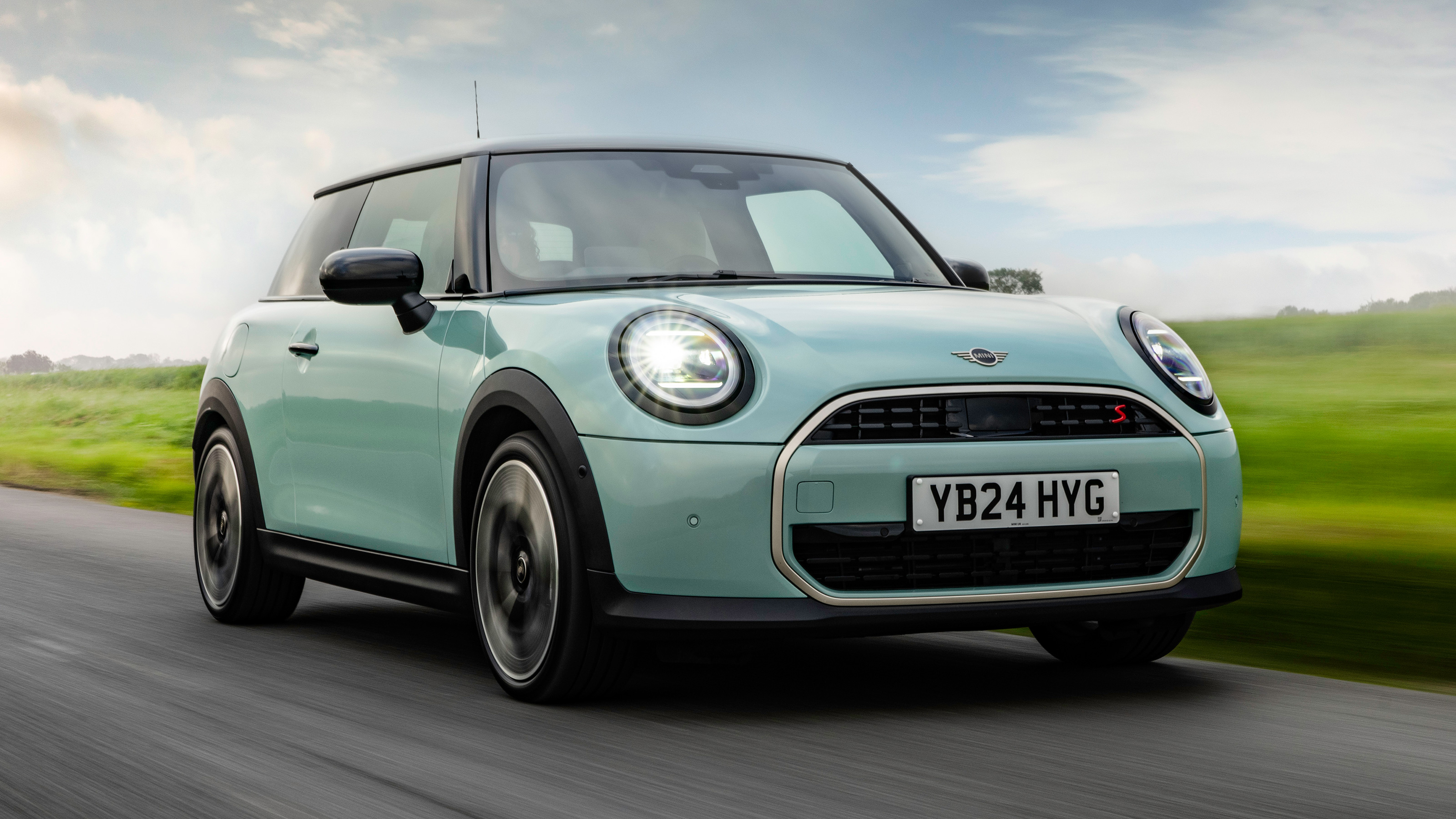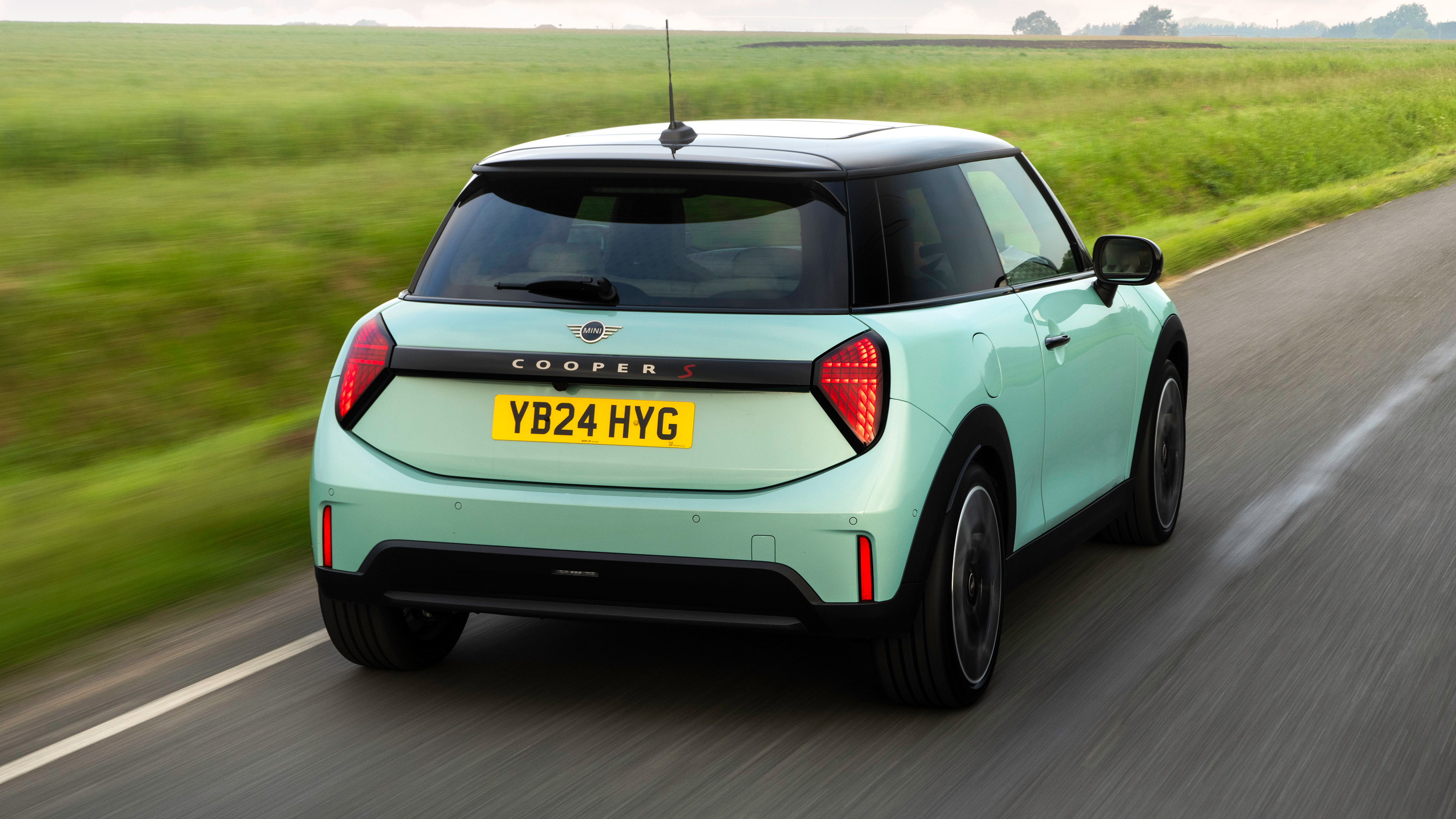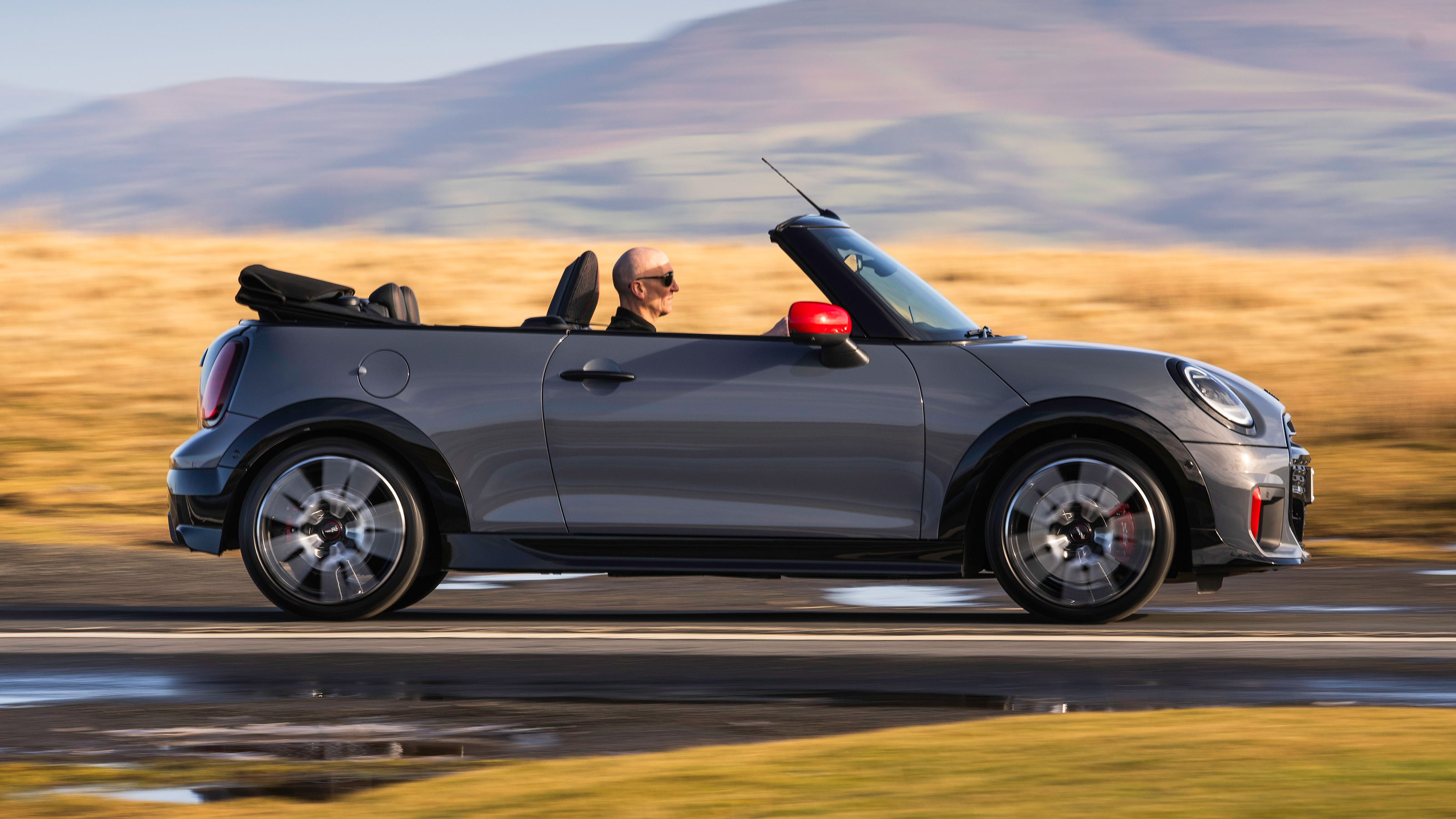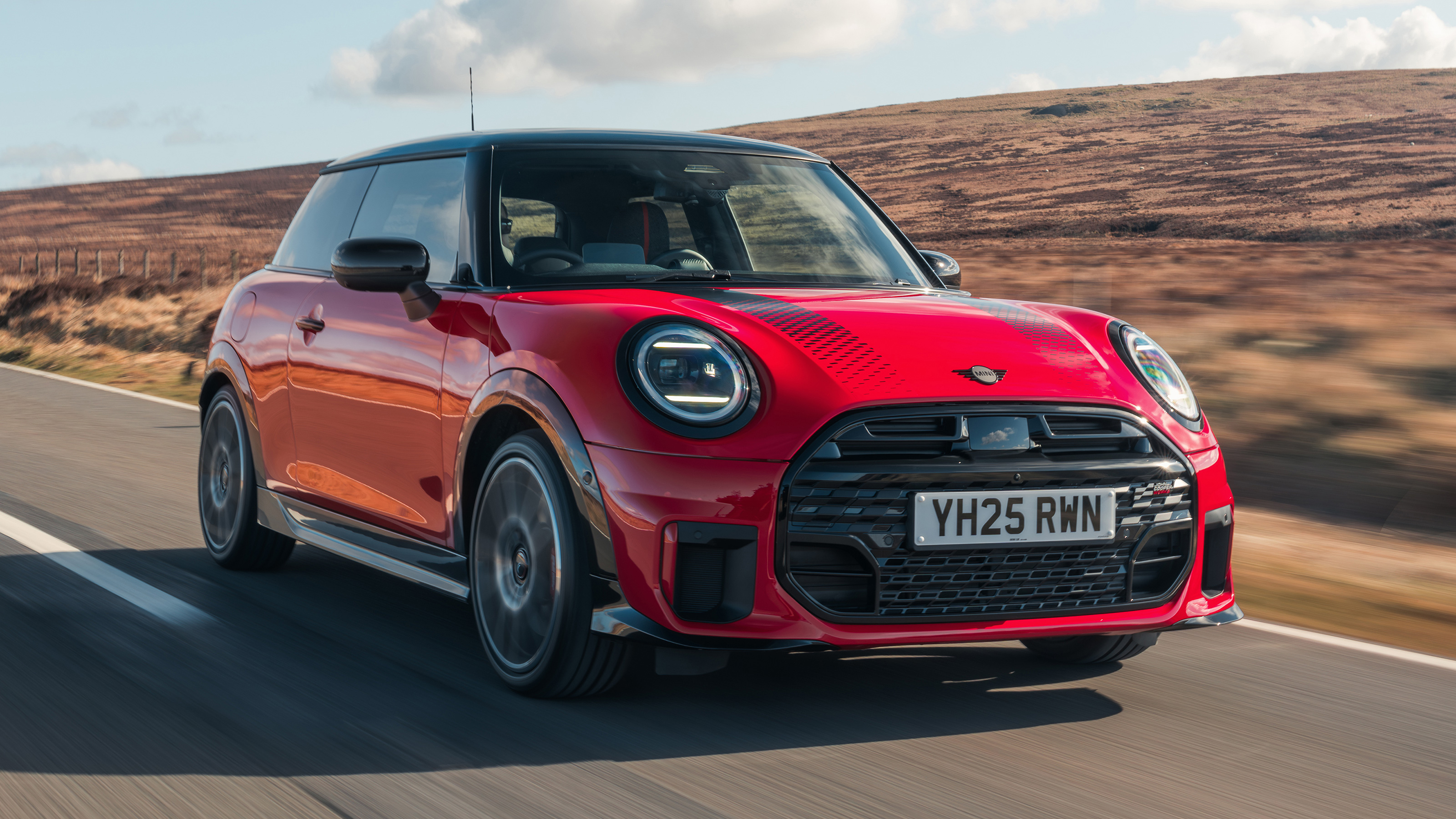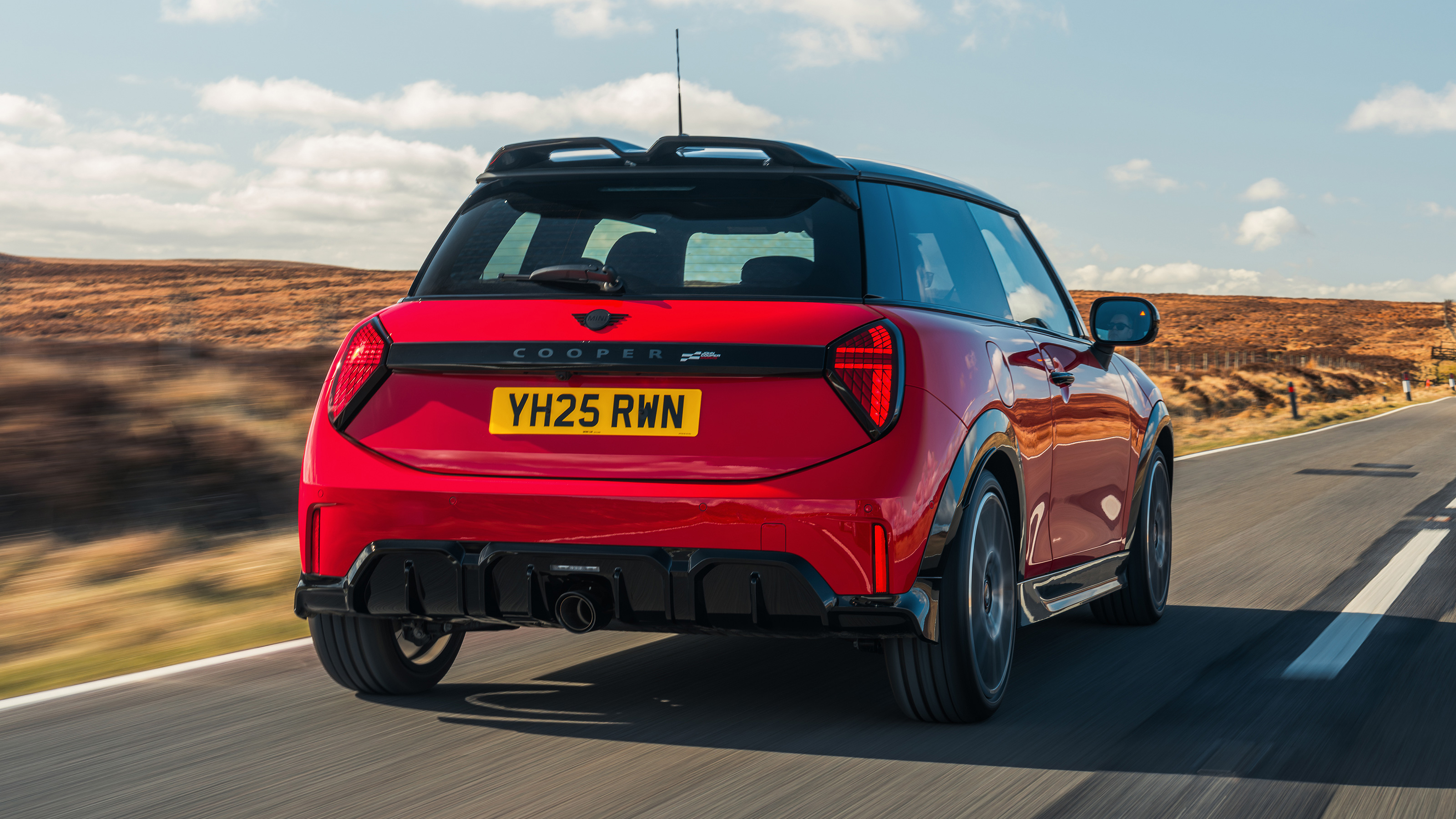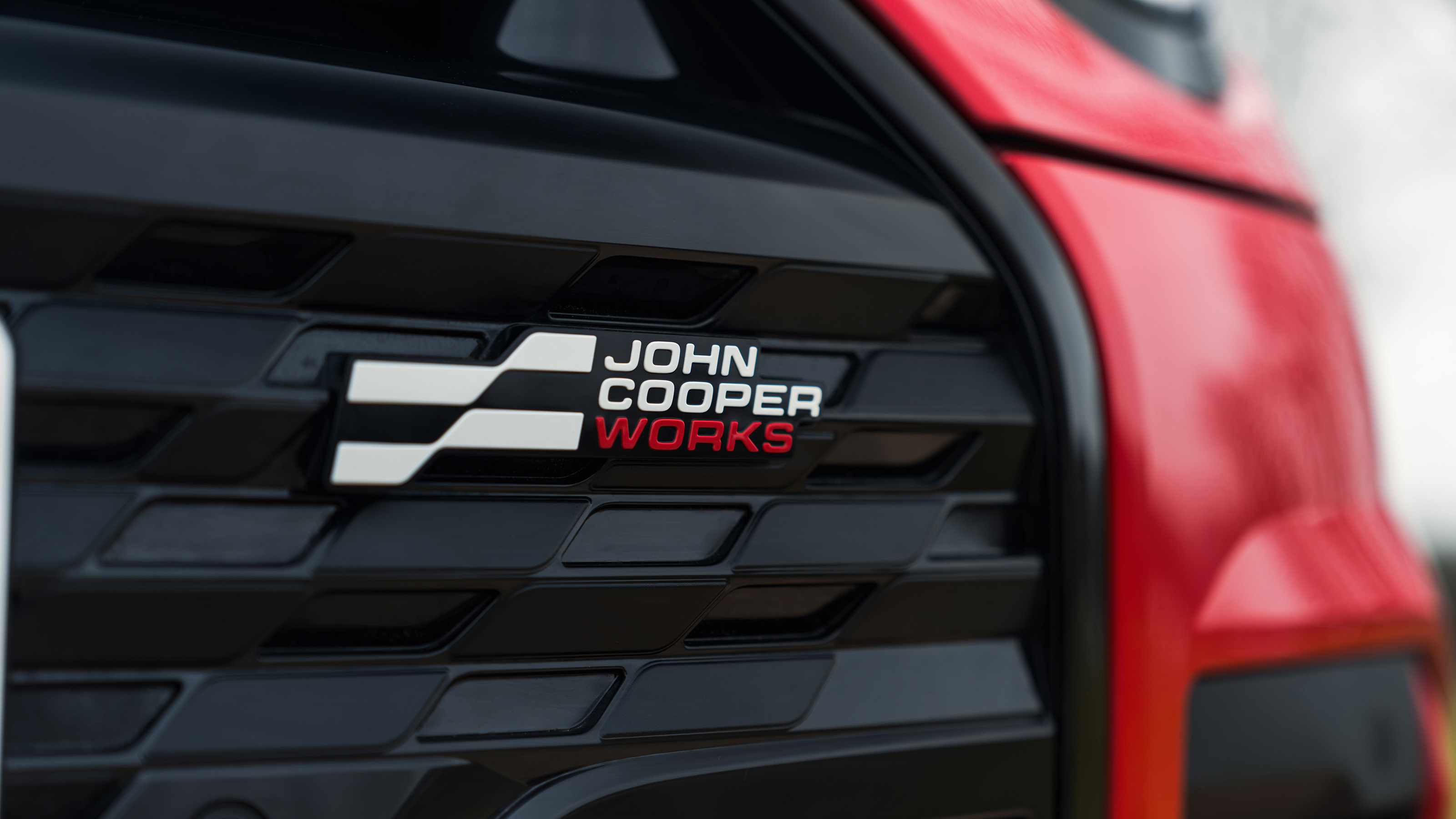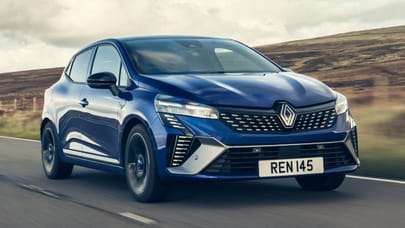
Good stuff
Neater looks than previous Mini, wow-factor interior, one of the only little hot hatches left
Bad stuff
Not actually that hot, 2.0 engine lacks character, poorly designed smartphone mirroring, pricey options
Overview
What is it?
It’s the new Mini Cooper, which is what Mini now calls the heartland three-door hatchback at the entry point to its range. Except, it’s not really new at all.
This isn’t a new Mini. Not really. All the bits you see, touch and taste are fresh, but if you truffle about away from the slick Mini marketing, you discover this is in fact an 11-year-old car underneath.
And you’d do exactly the same thing if you were in charge of the Mini board. Developing a car platform is furiously expensive, except if you’re doing one that needs to support an EV as well as a petrol version. Then it’s eye-watering. So Mini has dodged it.
Peel away the doe-eyed panels on the electric version of the ‘new Mini’ and you’ll discover a joint-venture Chinese-German collab between BMW and Great Wall Motor. The electric drivetrain is related to the one powering the Ora 03, formerly known as the Funky Cat.
The petrol version meanwhile carries over the engines, suspension and chassis from the previous-gen Mini. Brakes and ride settings are apparently tweaked. Every panel on top is new, and the car looks better for it. The old Mini had become so bulbous in Cooper S and JCW form it looked like it had licked a funky mushroom and had an allergic reaction.
Completing the exterior makeover are new lights and wheels. Even the door handles and mirrors are swapped. The interior is unrecognisably revamped too.
What are the engine options?
No diesels, and no hybrids. The Cooper C is a 1.5-litre three-cylinder turbo developing a healthy 156bhp. The Cooper S adds another 500cc cylinder to the mix: its 2.0-litre 4cyl turbo engine dishes out 201bhp. Both power the front wheels alone via a seven-speed dual-clutch gearbox. Manual Minis are now extinct. The John Cooper Works 2.0 adds another lump of power into the mix for 231bhp and 0-62mph in 6.1 seconds.
Is there still a five-door and a convertible?
Yes to both, though we’re yet to test the former. But we do have all the details, with the five-door measuring 17cm longer and getting a 7cm longer wheelbase. Stay tuned to see if legroom is still as cramped as the previous version.
And there are annoyances: for example if you want paddleshifters for your Cooper S, you have to buy Sport trim to get the ‘sport’ transmission. Seems a bit convoluted to us.
How much is a Mini these days?
A Cooper C starts at just over £25k; add £3k to that for a Cooper S or another £3k for a convertible in the same spec. But once you get merry with the trim levels and option packs, it’s easy to skyrocket the price into the mid-thirties. Careful now…
Rivals range from the Audi A1 to the Fiat 500, Renault Clio, Peugeot 208 and VW Polo. But with Joe Public’s preference for SUVs they’re a dying breed, so enjoy them while you still can.
Our choice from the range

What's the verdict?
We were sceptical that Mini could convincingly update a decade-old design to remain competitive with this new-gen car, but partly because of the Mini’s inherent quality and partly due to the lack of convincing new rivals in this sorely underpopulated class, it’s still an easy car to recommend.
Of course the usual Mini pitfalls remain: this is not a practical car, nor an especially well-equipped one for the money. And you’ll have to be touchscreen-dextrous to get the best out of its minimalist cabin.
But if you want a fun-to-drive, reasonable-to-run, characterful small car that feels a cut above the Koreans in terms of material quality, the Mini remains a charming choice. Give the JCW a miss though: it’s not the force it once was.
The Rivals
Trending this week
- Car Review
BMW iX3




